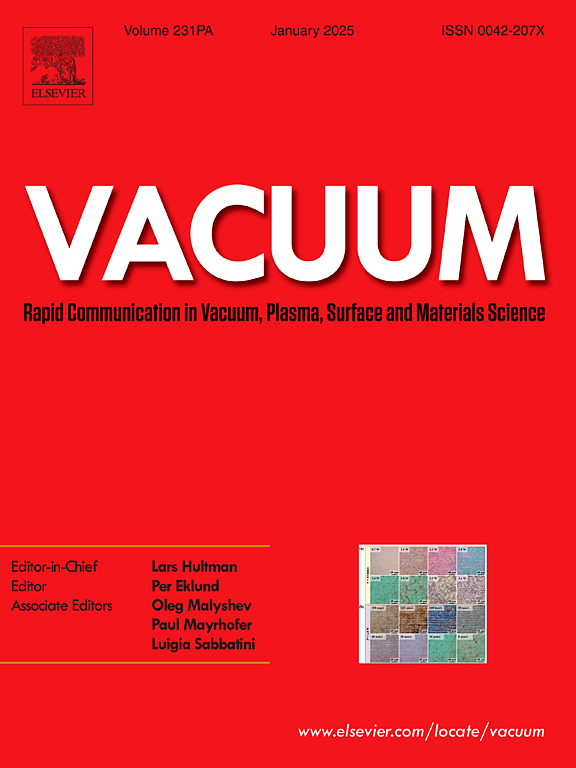Au nanoparticles modified three-dimensional ZnO sheet@ZnO nanorod hybrids for enhancing the photocatalytic H2 evolution ability
IF 3.8
2区 材料科学
Q2 MATERIALS SCIENCE, MULTIDISCIPLINARY
引用次数: 0
Abstract
In order to overcome the high recombination rate of the photo-excitated carriers and narrow spectrum response range, the three-dimensional ZnO sheet@ZnO nanorod hybrids (3D ZS@ZR) were synthesized in situ via co-precipitation method, and then the surface of ZnO sheets or nanorods was decorated by using Au nanoparticles. Experimental results illustrate that the three-dimensional ZnO sheet/nanorod hybrids were synthetized, which is composed of ZnO sheet and ZnO nanorod decorated by Au nanoparticles. Moreover, the fine Au nanoparticle significantly enhances the photocatalytic H2 evolution ability of 3D ZS@ZR. When Au content is 1.5 w%, the resultant 3D AuZS@AuZR (1.5 Au) possesses the best photocatalytic activity, and its average H2 production velocity is 0.7859 mmol g−1 h−1, which is approximately 18.7 times higher compared to the 3D ZS@ZR. The enhancement for H2 evolution efficiency is that the Au modification enlarges the spectrum responded range, reduces the impedance, and decreases the recombination rate of photo-excited electron-hole pairs.
求助全文
约1分钟内获得全文
求助全文
来源期刊

Vacuum
工程技术-材料科学:综合
CiteScore
6.80
自引率
17.50%
发文量
0
审稿时长
34 days
期刊介绍:
Vacuum is an international rapid publications journal with a focus on short communication. All papers are peer-reviewed, with the review process for short communication geared towards very fast turnaround times. The journal also published full research papers, thematic issues and selected papers from leading conferences.
A report in Vacuum should represent a major advance in an area that involves a controlled environment at pressures of one atmosphere or below.
The scope of the journal includes:
1. Vacuum; original developments in vacuum pumping and instrumentation, vacuum measurement, vacuum gas dynamics, gas-surface interactions, surface treatment for UHV applications and low outgassing, vacuum melting, sintering, and vacuum metrology. Technology and solutions for large-scale facilities (e.g., particle accelerators and fusion devices). New instrumentation ( e.g., detectors and electron microscopes).
2. Plasma science; advances in PVD, CVD, plasma-assisted CVD, ion sources, deposition processes and analysis.
3. Surface science; surface engineering, surface chemistry, surface analysis, crystal growth, ion-surface interactions and etching, nanometer-scale processing, surface modification.
4. Materials science; novel functional or structural materials. Metals, ceramics, and polymers. Experiments, simulations, and modelling for understanding structure-property relationships. Thin films and coatings. Nanostructures and ion implantation.
 求助内容:
求助内容: 应助结果提醒方式:
应助结果提醒方式:


